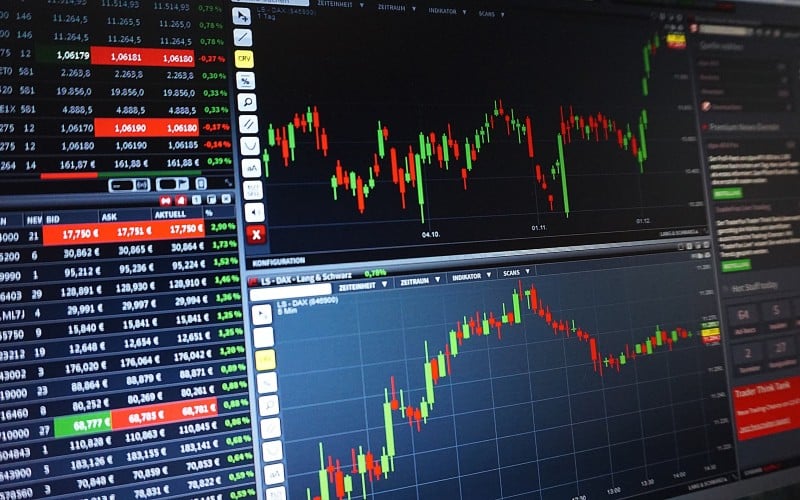Automated and algorithmic trading is becoming increasingly popular across the globe, with this being borne out by figures from the US.
More specifically, the algorithmic trading market is poised to grow at a CAGR of 11.23% between 2021 and 2026 stateside, while this method of investing comprised up to 73% of all US equity trades in 2018.
Automated forex trading is also becoming increasingly popular, with this made possible by some advanced trading software. But what exactly is this, and how has the market evolved to this point?
What is Trading Software?
The software that underpins automated forex trading has evolved markedly over the course of the last two decades, with a number of advanced systems now used for electronic trading and the technical (and fundamental) analysis of securities.
But what are the most common features of forex trading software? Well, aside from carrying out technical and fundamental analysis, this type of system can also process order placements and execute trades in real-time.
Forex software also plays a key role in driving automated and high-frequency trades, where orders are executed in a high volume and according to a number of predetermined criteria.
In this respect, trading software has become particularly widely used among scalpers and day traders, who profit from making a high volume of trades within a short period of time (each of which is designed to leverage short-term volatility in forex market prices).
The Evolution of Forex Trading Software
There’s no doubt that advancements in forex trading technology have underpinned the evolution of online brokers in the marketplace.
Make no mistake; today’s brokerage sites are completely digitised and capable of offering an array of innovative solutions to traders. Many of these feature a strategic purpose too, whether this is to reduce the cost of trading, minimise risk or utilise customised charts to make real-time decisions.
Such solutions often take the form of intuitive trading tools, which can help to provide greater and more detailed insight into key market trends and optimise profitability.
One of the best examples can be found in the form of stop losses. These risk management tools can be applied to any active trade or order, while their purpose is to automatically close the position once it has incurred a predetermined level of loss.
So, if the market turns sharply against you and plunges your highly leveraged position into the red, you can immediately minimise your losses and prevent serious financial harm from being caused.
We’ve already spoken about automated and high-frequency trading, which are only possible because modern forex trading systems allow for faster transaction speeds.
At the same time, the processing power of modern PCs and laptops further enhances transaction speeds, while the emergence of 5G technology means that mobile traders can now benefit from reduced latency, higher data rates and much quicker order execution.
Considering the Advantages of Forex Trading Software
OK, we hear you ask, but what exactly are the main advantages of using forex trading software? We’ve selected three of the biggest benefits to consider as a trader.
- #1. Trade Without Emotion: Let’s start with the basics; as the ability to execute trades according to predetermined parameters and incorporate automated risk management tools immediately removes the emotion out of your investment strategy. Most importantly, this discourages you from making knee-jerk reactions based on sudden and potential short-term market movements, as you instead rely on your market knowledge, research and keen sense of determinism to automate much of your activity.
- #2. Ease of Use and Accessibility: On a fundamental level, the development and sophistication of forex trading software has made the market more accessible to aspiring retail traders. It has also levelled the playing field on which individual and institutional traders operate, by offering the former access to insightful analytical tools and key technical indicators. Most brokerage sites and systems are also to use, while allowing for the use of customisable charts and interfaces to improve the overall trading experience.
- #3. Leverage AI and Machine Learning to Your Advantage: The next big tech breakthrough for trade management software lies with the further deployment of artificial intelligence (AI). In conjunction with big data and the principles of machine learning, AI can help to streamline the process of automated trading further while drawing information from a wider range of sources. This includes vast and disorganised resources such as social media, which could unlock some incredible trading insights in real-time.
The Last Word
As we can see, trading software has evolved significantly through the digital age, impacting every stage of the trading process and making the forex market more accessible than ever before.
What’s more, we only appear to be on the cusp of trading software development, with the fusion of AI and big data likely to make automated trades and risk management strategies increasingly prevalent over time.


